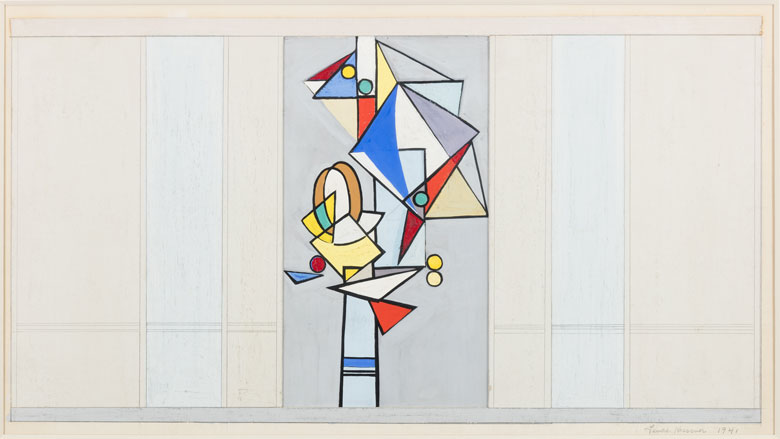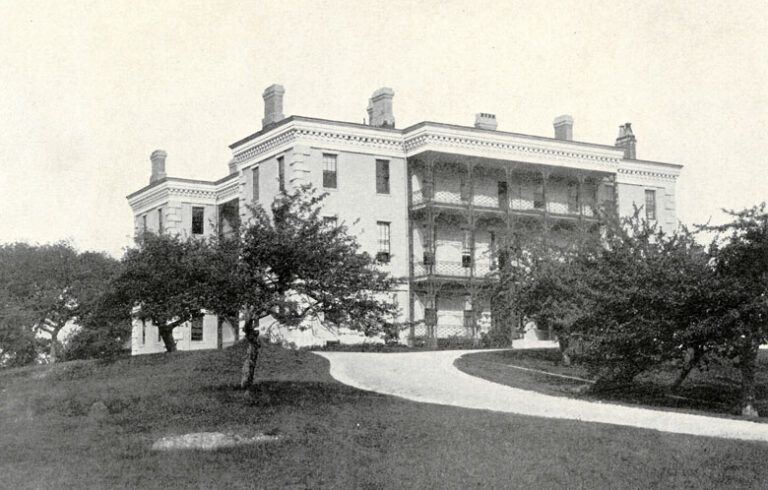
The Ogunquit Museum of American Art is presenting the first exhibition in Maine of work by the artist Lee Krasner (1908–1984). On view through Nov. 17, “Lee Krasner: Geometries of Expression” sheds light on the often-overlooked early career of Krasner and places her work within the context of her peers.
In the 1930s and early 1940s, Krasner rose to prominence as a dynamic voice within the vanguard of artists living and working in New York City. During a period fraught with socio-economic turmoil and political upheaval, the artist was politically active, taking part in lively debates at the Artists Union and protesting the Museum of Modern Art.
Her network was far-reaching and animating, including relationships with European émigrés like Piet Mondrian and Hans Hofmann and organizations such as the American Abstract Artists Group.
“Geometries of Expression” brings to light Krasner’s resilience and creativity in a challenging era for artists, especially women. As Devon Zimmerman, the museum’s curator of modern and contemporary art explains:
“Krasner’s work during this moment of her career is a testament to her artistic prowess, but also a reflection of the relationships she forged with a network of artists, patrons, and critics that spanned all corners of the art world at the time. This exhibition aims to illuminate the centrality of Krasner in the advocacy and advancement of abstraction in the U.S.”
Krasner’s serious engagement with abstraction began in 1937 when she enrolled in New York’s Hofmann School of the Fine Arts. From the late 1930s until her marriage to painter Jackson Pollock in 1945, she developed an artistic vocabulary that would be sustained throughout her career.
Krasner’s exploration of geometric abstraction during this period was buoyed by her participation in organizations like the American Abstract Artists group and the Works Progress Administration, and relationships with many of the foremost practitioners of abstraction.
The exhibit is organized around four nodes of Krasner’s far-reaching network: her studies with the influential teacher Hans Hofmann, her work for the Works Progress Administration (WPA), her involvement in the American Abstract Artists group, and her relationship with the circles around European émigré Piet Mondrian.





